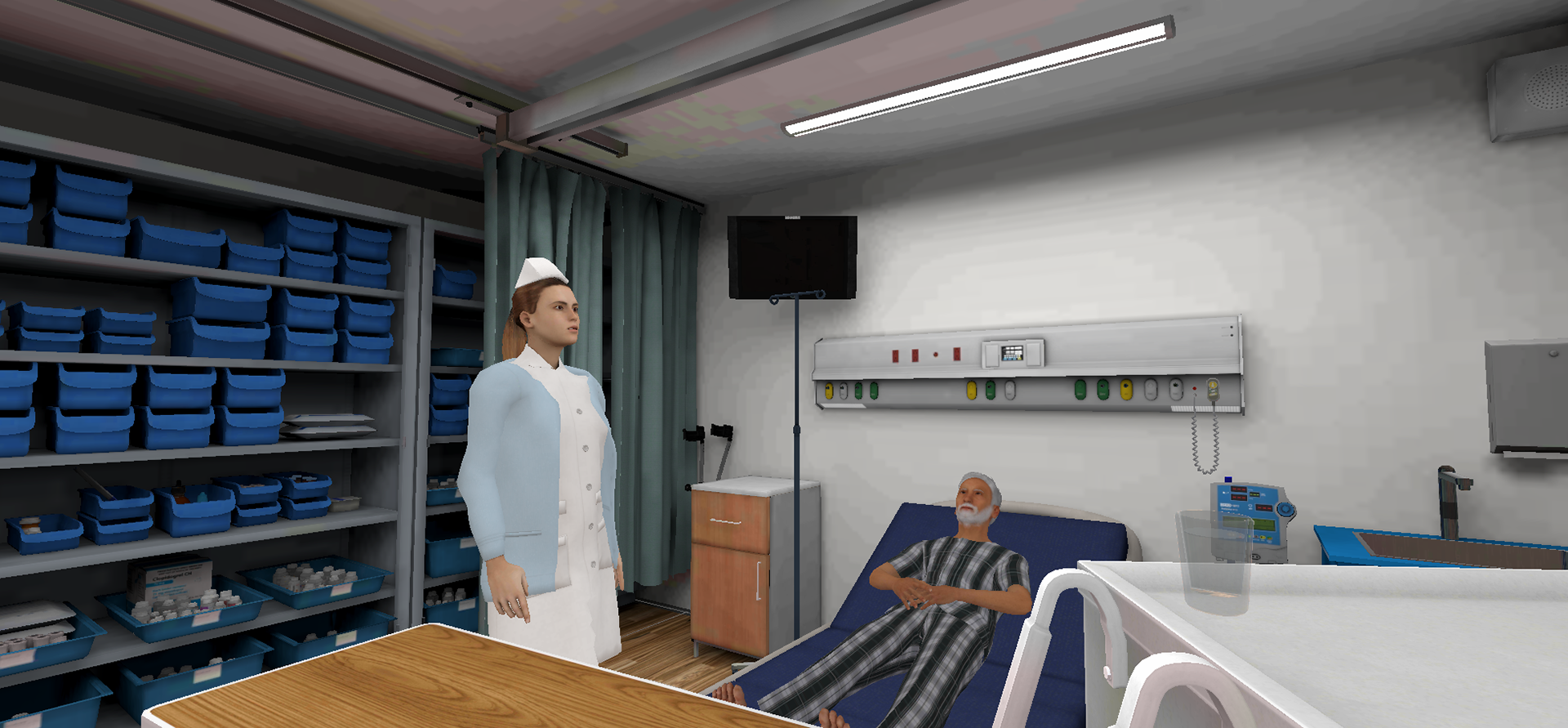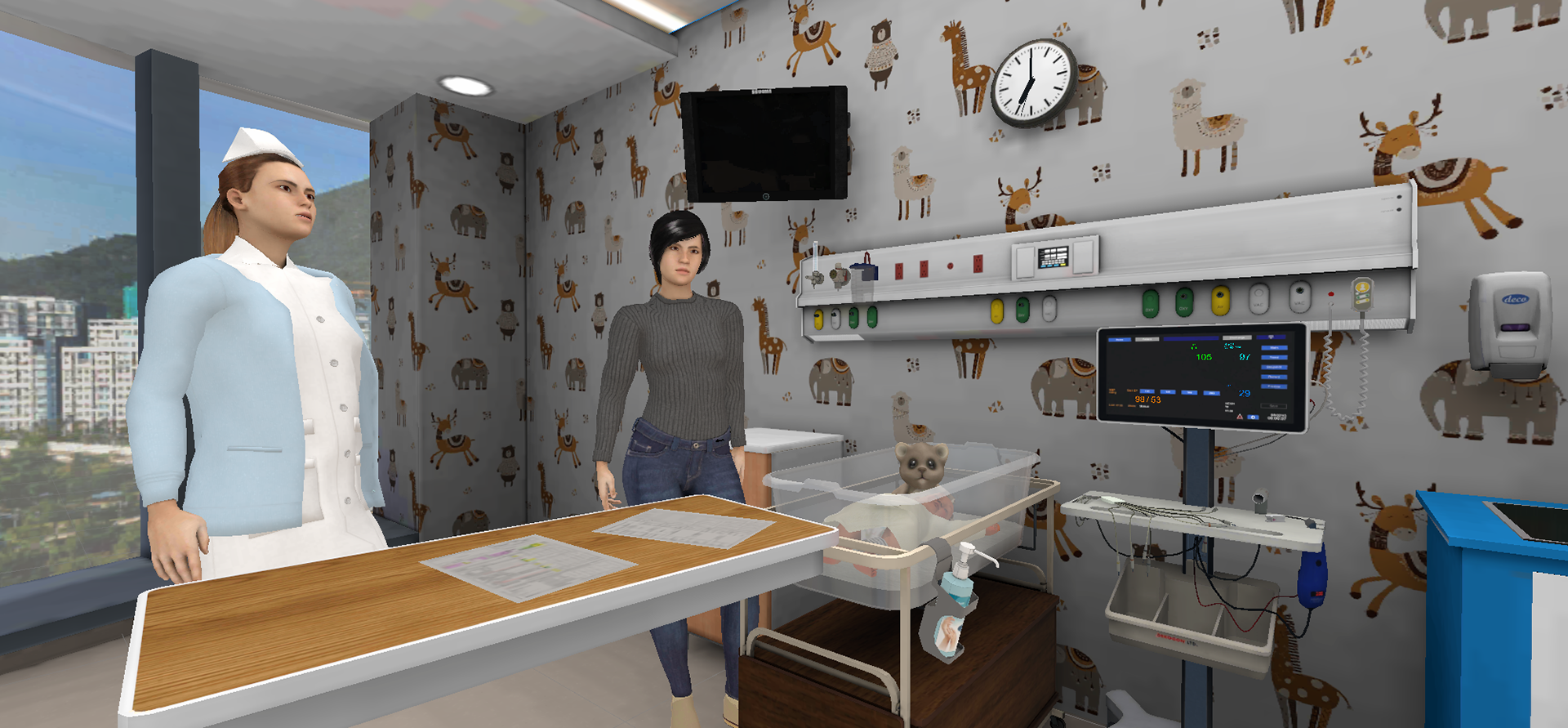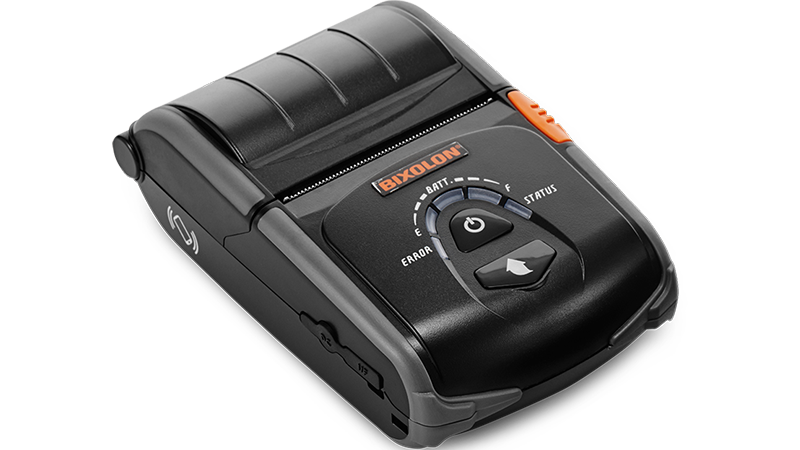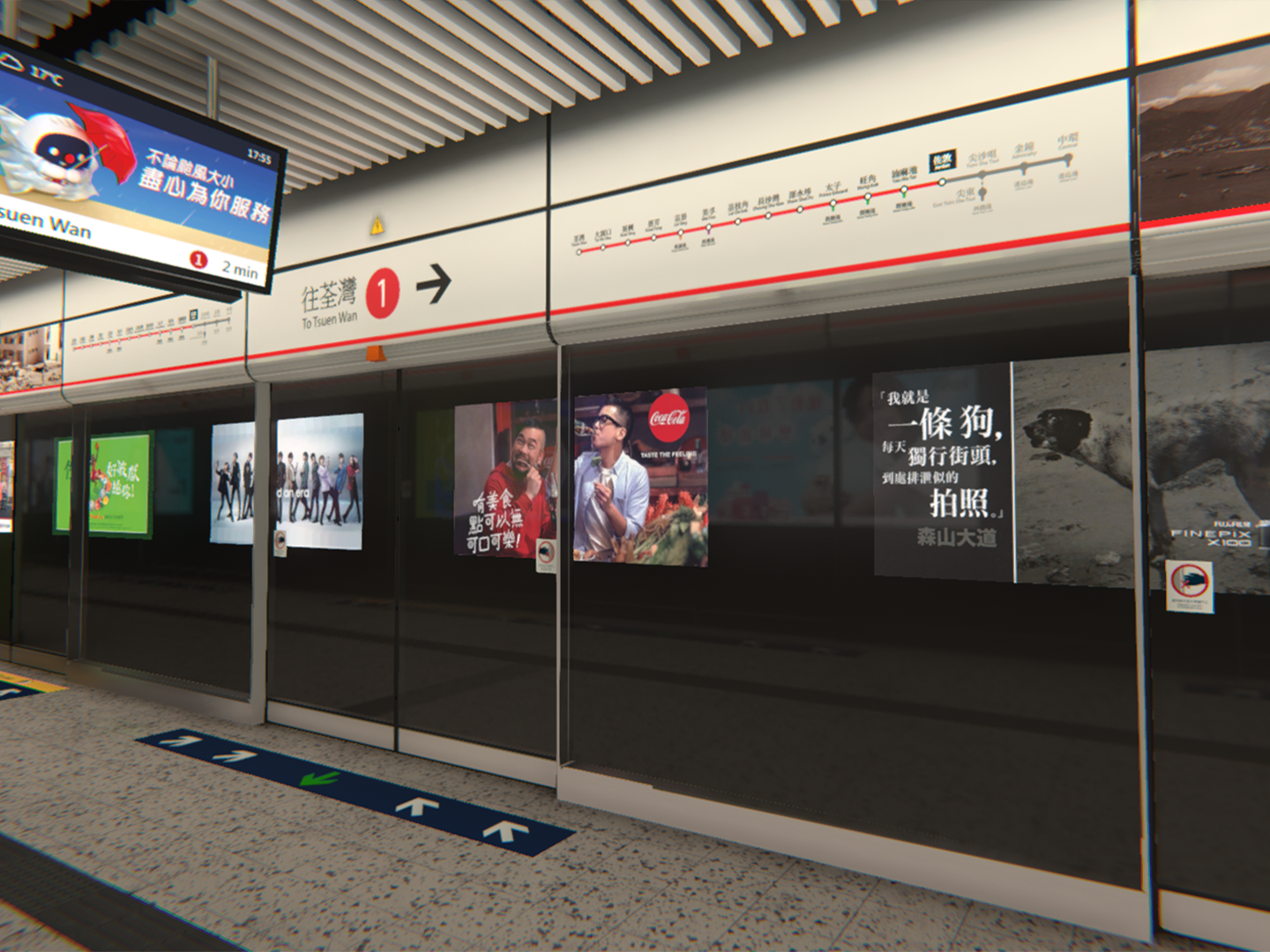Statement
The VR Ward Series is a collaborative project between HKU TELI and the School of Nursing, HKU. Its aim is to break free from the confines of traditional education and employ VR technology for medical teaching. The project utilized Oculus Quest 2 and Oculus Quest 2 Pro devices. As of now, the project has developed 3 different scenarios, including Baby Seizure, Dementia, and Post-Operative Case, with the Medical Case still in development.
In this project, my primary roles included project management, system design, and development. During the initial development phase, we conducted a thorough analysis of the School of Nursing's curriculum, actual content and procedures. This enabled us to formulate appropriate plans and system designs. After understanding the School of Nursing's curriculum needs, we established the foundational system design, including a generic interaction system and item system design. These designs were created to maintain system stability while providing flexibility for future expansion, reducing development and maintenance costs. Subsequently, when we introduced different systems like the Firebase database, voice recognition system, and automated testing system, we did so without the need to modify any foundational code. This demonstrated the system's strong scalability, meeting the requirements of high cohesion and low coupling.

From Dementia

Normal Ward

From Baby Seizure

From Post-Operative Case
The video above demonstrates our automated testing system, which is capable of automatically testing any events within the event system we developed. This system allows for the configuration of testing intervals and breakpoints, reducing the time required for testing the system when developing VR scenarios. Each event in our event system is represented as a node, and when faced with different branches, it specifies the completion of one branch before automatically conducting tests on the other branch. In the video, the settings include a 1-second interval and breakpoints at the nurse handover event.
REFERENCE PHOTOS













MAKING OF
Demonstrating the first version of the prototype to the teachers using Hololens 2.
Performing User Acceptance Test (UAT) with teachers from School of Nursing.
CREDITS
The University of Hong Kong
School of Nursing, The University of Hong Kong










